1.1 Introduction to Intercultural Communication
In everyday language as well as in scientific publications, we use a variety of images and concepts on culture. When completing this section, you will learn about basic concepts and reflect on personal prior assumptions and experiences regarding cultural modules.
Self-reflection on Your Own Previous Intercultural Experiences
The ability to reflect on oneself and one’s cultural imprints is a crucial element of intercultural competence. Download the following document and answer the questions about your intercultural background in preparation for the course.
Culture
Task
Select one or more of the images below that symbolize(s) culture or an aspect of culture for you. Based on your choice of images, write a short text, explaining what culture means to you.

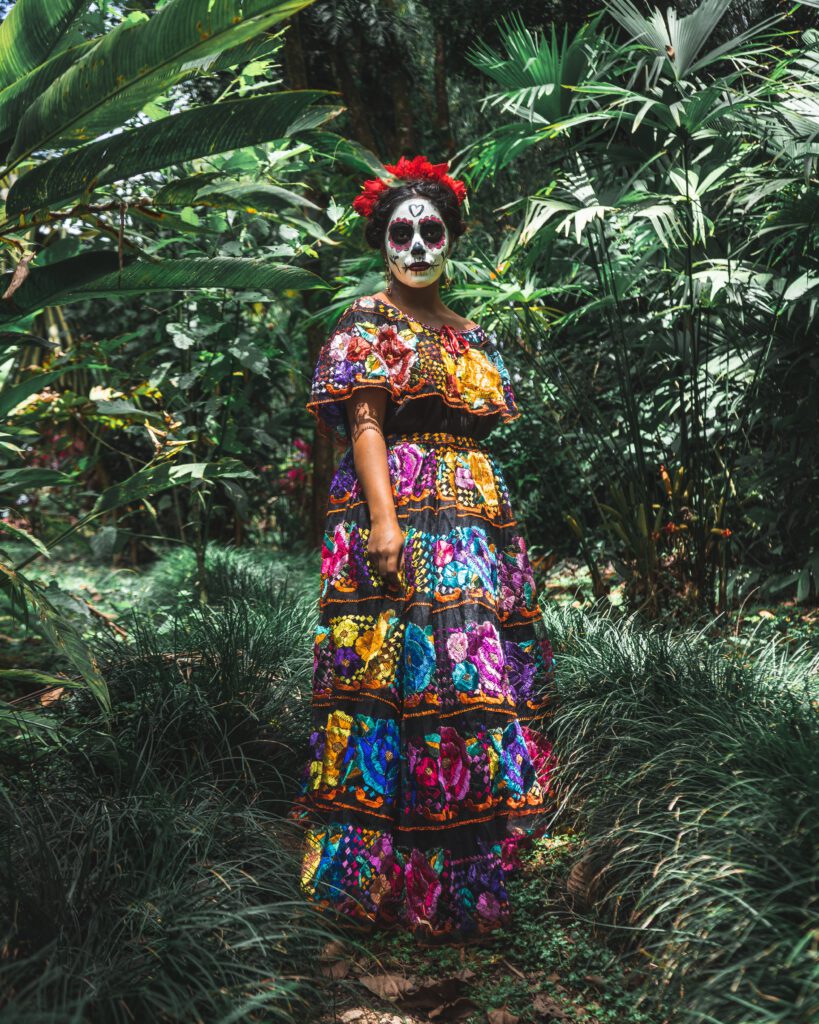
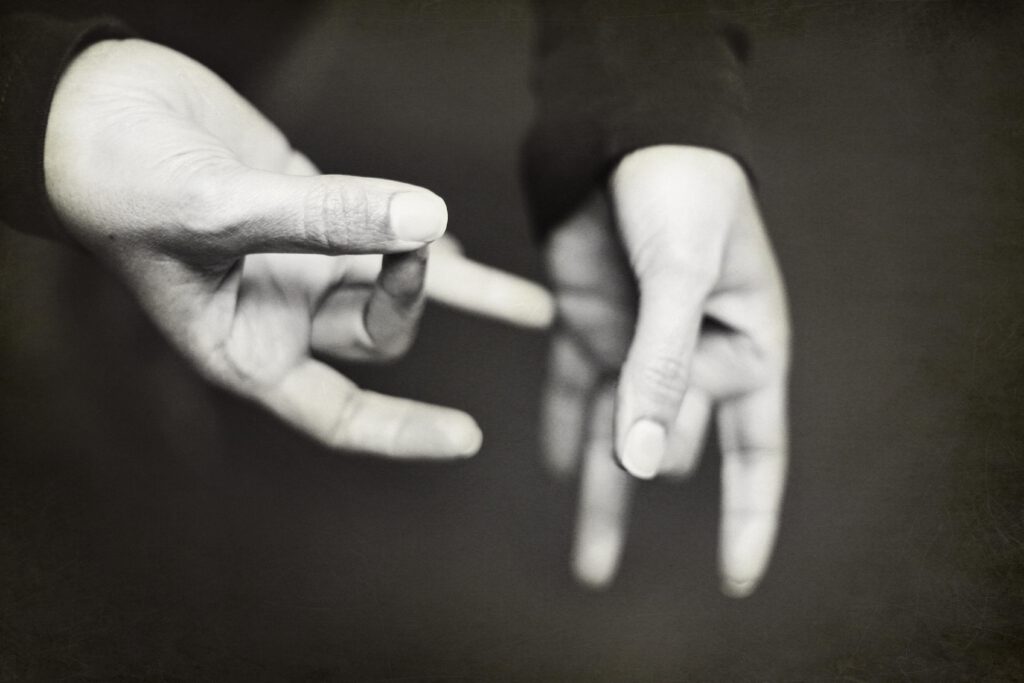








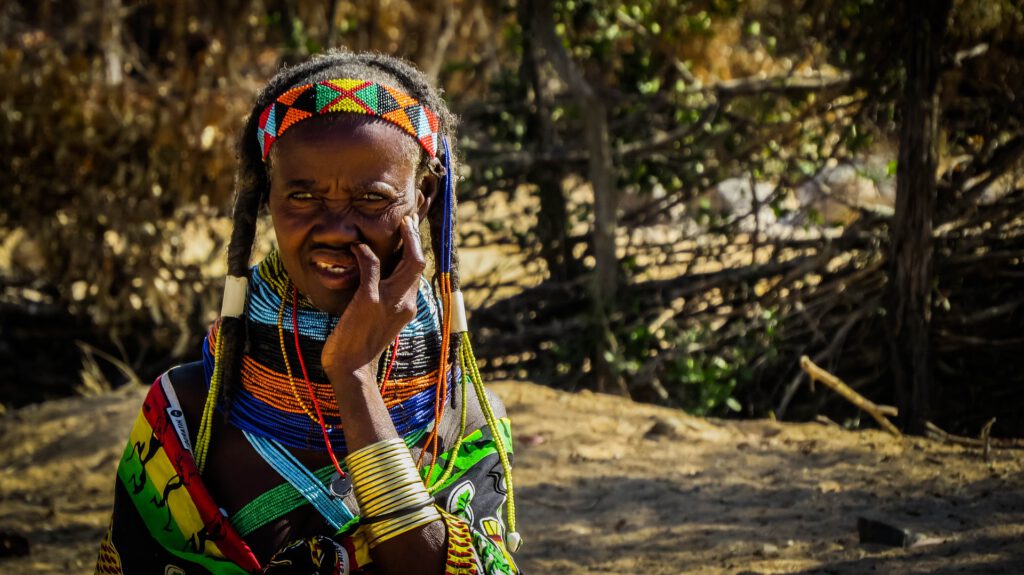


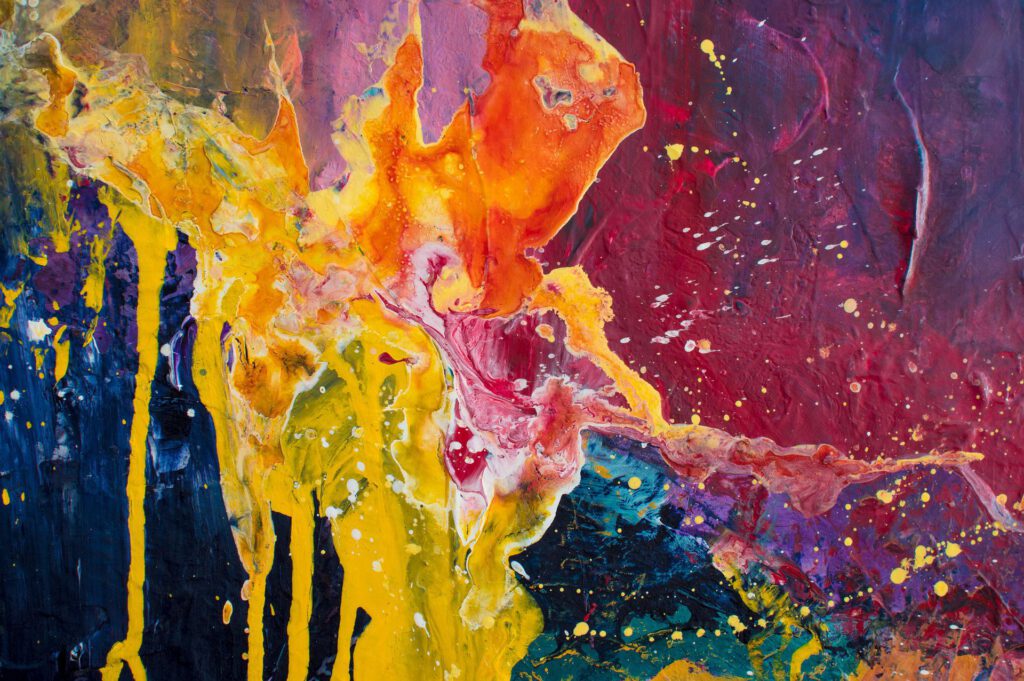



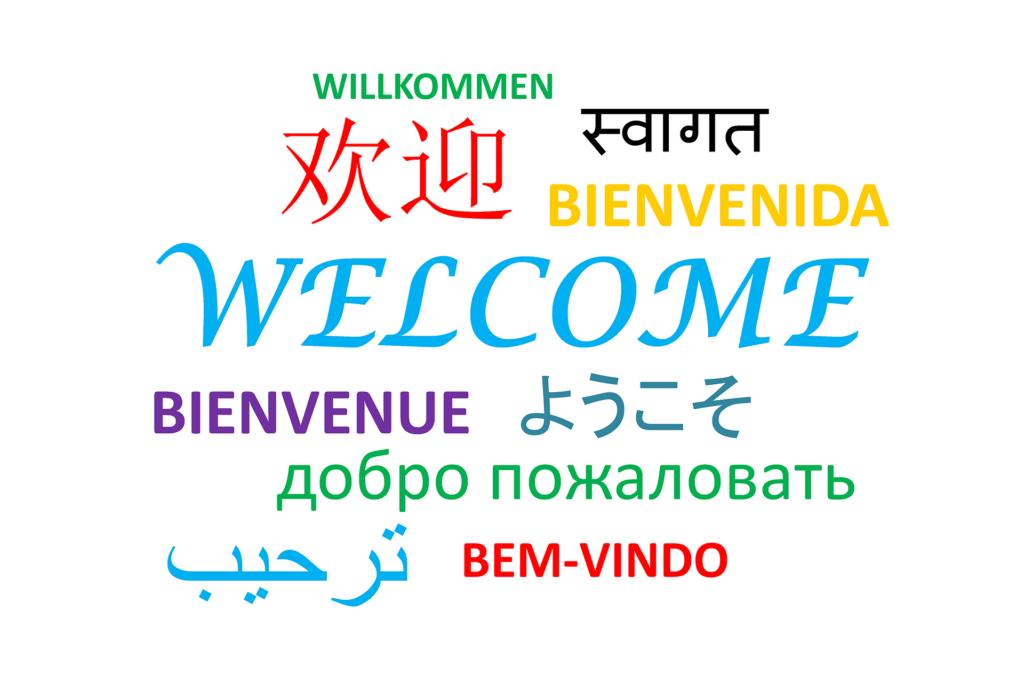




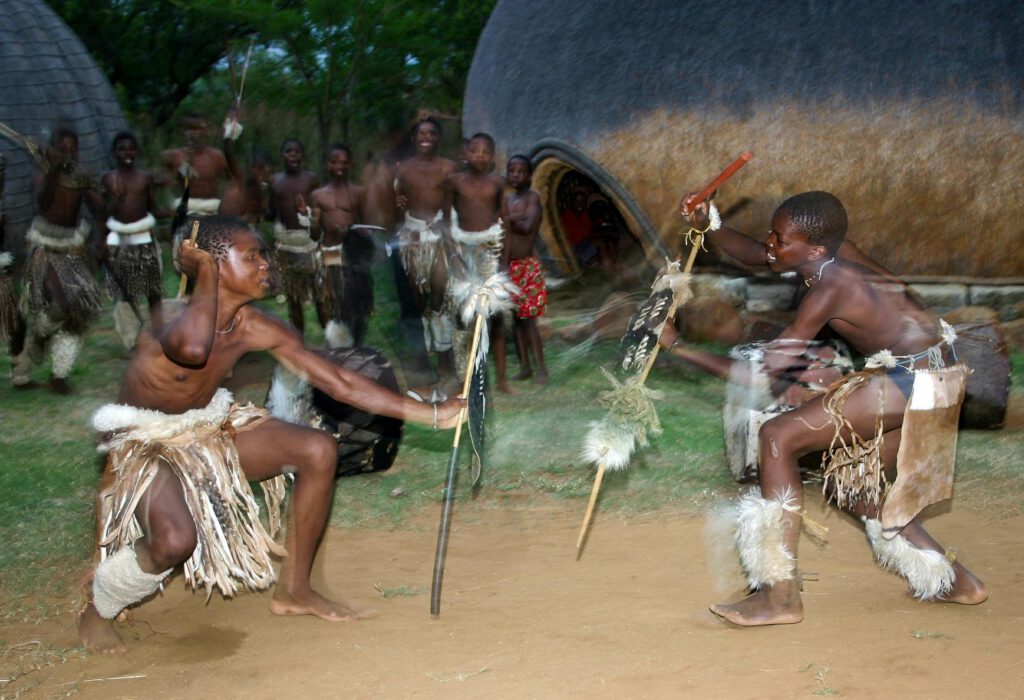
Cultural Iceberg
The following exercise aims to explain the iceberg model of culture. In this model, culture is compared to an iceberg, with a small visible portion above the waterline and a larger, hidden part beneath it. Similarly, culture comprises some aspects that we can directly perceive through our five physical senses, while others remain unconscious or are assumed. Edward T. Hall noted back in 1976 that the most important parts of culture are hidden and internal. Only by deepening our understanding of the elements beneath the waterline can we gain extensive knowledge about a culture. The visible and hidden parts of the cultural iceberg are interconnected, of course. Some elements stretch from the top to the bottom of the iceberg.
Task
Which elements of culture are consciously perceptible through physical senses? Which ones are subconscious and belong beneath the waterline? Use the interactive iceberg model to drag and drop the words into the correct zones.
Task
In preparation for our synchronous meeting
Draw an iceberg showing your culture of origin on paper. With the help of the iceberg, imagine that you have to explain your own national culture with the help of the iceberg to people who do not know your culture. Fill in the most important points in the iceberg – above as well as below the waterline, e. g. What does one have to keep in mind regarding food, clothing, etc.? Which greetings/rituals are important? Which values? …
Is Culture Something We Have or Something We Do?
Download the following document, read the text and then answer the questions.
Task
Create a mind map that summarizes the central statements of the text and relates them to each other. What does Øyvind Dahl mean by culture being a verb?
Greetings in Different Countries and What They Say About Cultures
How to greet people in Germany politely
Watch the following videos, and do the task.
How Germans greet each other in dialects
Watch the following video.
Task
In preparation for the synchronous session.
The ways in which people greet each other are perceptible to others and so they are, in accordance with the Iceberg Model, above the waterline. At the same time, however, greetings are reflections of underlying values, emotions, and relationships (beneath the water). Write a short text on the following questions: How do people greet each other in your culture of origin? Describe, as accurately as possible, what people do or say. Are there situations/moments, in which people greet each other in a special way? Do all people always greet each other in the same way or are there differences depending on age, gender, status, profession, hierarchy, …? What deeper values, norms, and emotions are related to greetings? Are there taboos one should be aware of? Where do you see differences to common greetings in Germany?
Next module section: 1.2 Dealing with Stereotypes and Prejudices